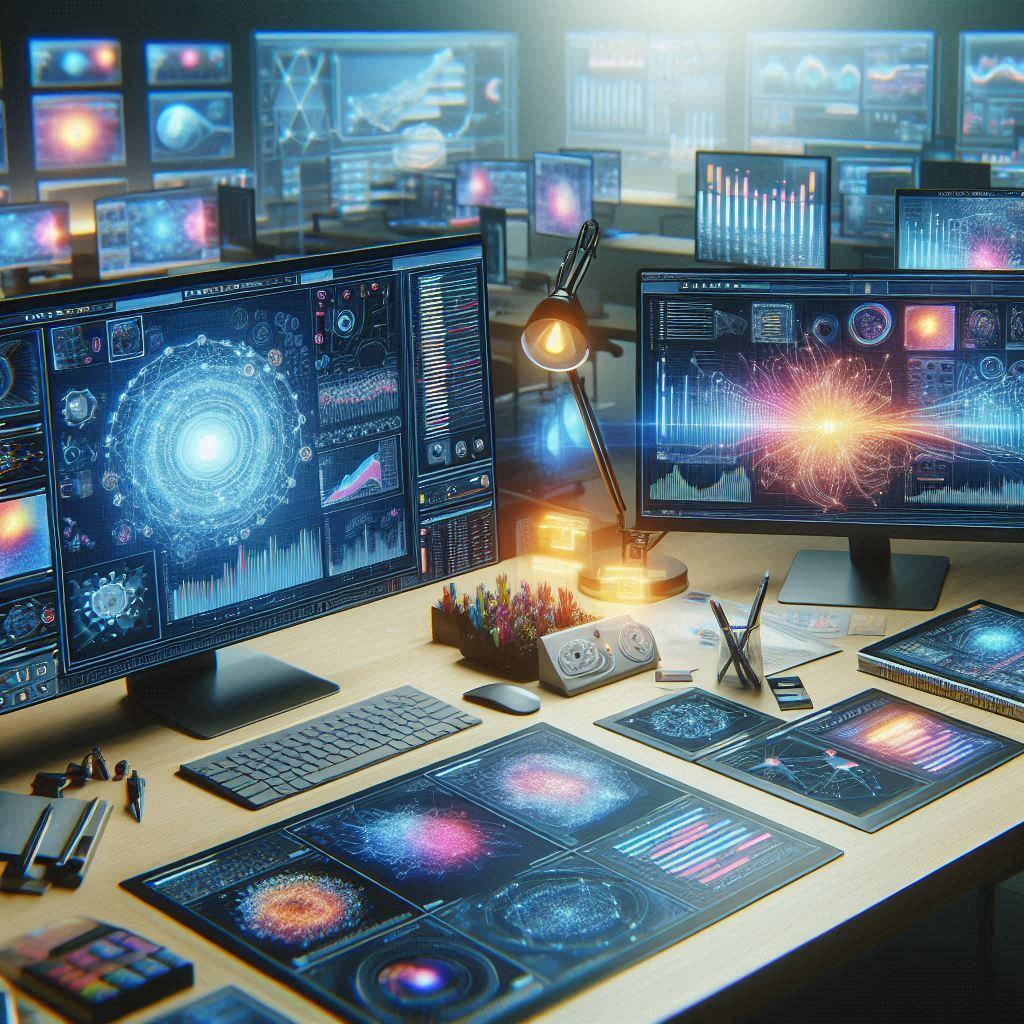Best Open Source LLM: Top Large Language Models
As large language models (LLMs) continue to advance, the open-source community has been at the forefront of developing powerful alternatives to...
Discover what tokens are for AI, their types, and how they enhance language processing in applications like translation and sentiment analysis.
Tokens allow AI systems, especially natural language processing (NLP) models, to analyze language by breaking down sentences into manageable units. But what exactly are tokens, why are they crucial for AI, and how are they used across applications? This guide will explore everything you need to know about tokens in AI, their types, role in NLP, and practical use cases.
A token in AI is a single unit of text that the model processes. Tokens can be words, parts of words, characters, or even symbols, depending on the tokenization method used. In simple terms, tokenizing is the process of splitting a string of text into smaller pieces to help AI models understand and analyze the data.
Tokens serve as the foundation for AI models, enabling them to parse and understand language. By transforming text into tokens, AI models can apply mathematical algorithms, make sense of language structure, and generate responses based on the input data.
Tokens can vary based on the model and tokenization approach:
Tokenization is the process of converting text into tokens. This is typically the first step in preparing text for an AI model. Each token is assigned a unique ID, creating a numerical representation of the text, which AI models can work with. Tokenization simplifies language processing, allowing models to analyze and manipulate text at a granular level.
Tokenization methods may vary:
Advanced models, like OpenAI's GPT-4 or Google's BERT, use complex tokenization methods to ensure precision and efficiency.
In NLP, tokens are central to transforming human language into a format AI can understand. Without tokenization, AI models would struggle to analyze text data, as language is inherently complex and diverse. Tokens enable models to recognize language patterns, analyze syntax, and capture semantic meaning, which is vital for tasks like translation, summarization, and sentiment analysis.
Here's how tokens are used in different NLP stages:
There are several tokenization methods, each with distinct benefits and limitations. Here are the most common techniques used in AI:
Whitespace Tokenization
WordPiece Tokenization
Byte-Pair Encoding (BPE)
SentencePiece Tokenization
Tokens are the fundamental units that allow AI models to interact with text. Their significance extends to several aspects of AI functionality:
Without tokens, AI models would lack the structure needed to analyze and generate human language effectively.
Tokens play a vital role in numerous AI applications. Here are some real-world examples where tokenization is crucial:
Language Translation
Sentiment Analysis
Text Generation
Speech Recognition
Information Retrieval
Tokens enhance the functionality and efficiency of AI systems. Here are some key benefits:
Despite their benefits, tokens and tokenization techniques have limitations:
Researchers continue to develop tokenization techniques to overcome these challenges, making models more accurate and efficient.
The evolution of tokenization methods is set to enhance AI capabilities further. Here are some anticipated trends:
These advancements could lead to more accurate and efficient language models, opening new possibilities in areas like real-time translation and advanced content creation.

As large language models (LLMs) continue to advance, the open-source community has been at the forefront of developing powerful alternatives to...

The Transformer model has completely reshaped the way artificial intelligence handles language. If you’ve ever used tools like ChatGPT or marveled at...

Data is often referred to as the new oil. However, raw data alone isn't enough to power effective AI models. To truly harness the power of AI, data...
Start your journey with Integrail

Try AI Studio by Integrail FREE and start building AI applications without coding.

NEW White Paper: Discover how AI Studio accelerates your workflows